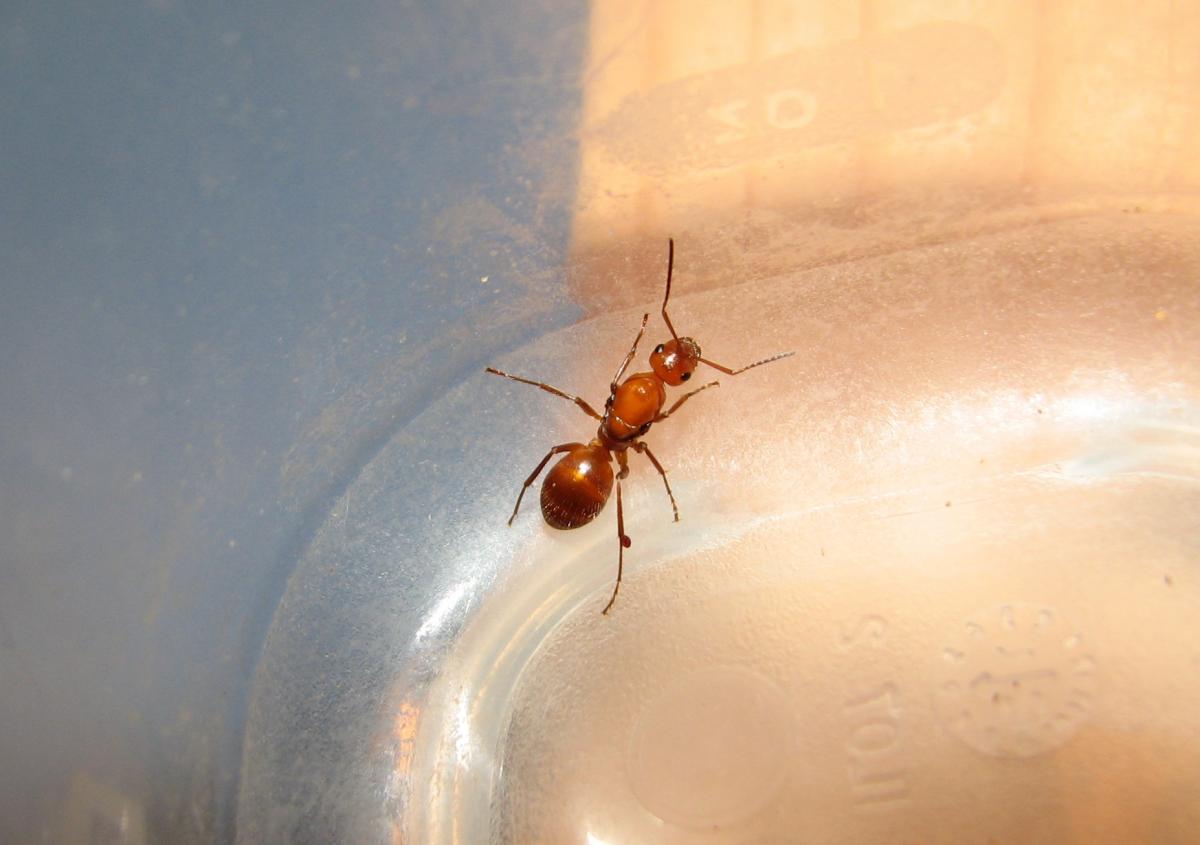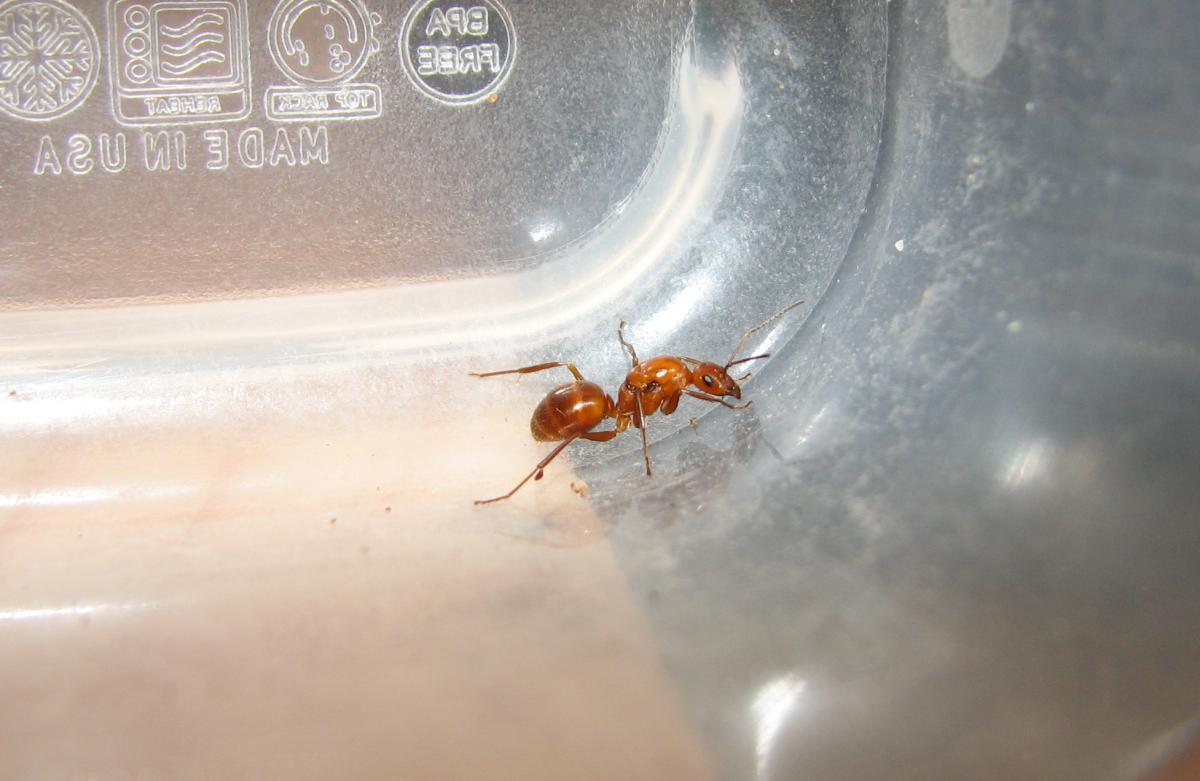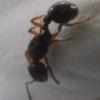1. Location of collection: athens, ga. u.s.a.
2. Date of collection: 7-22-15
3. Habitat of collection: parking lot near woods
4. Length (from head to gaster): 3/8ths inch
5. Color, hue, pattern and texture: red/light brown
6. Distinguishing characteristics: faster than any other queens I've found.
7. Anything else distinctive: slender, quick
8. Nest description: n/a
- Formiculture.com
- Forums
- Gallery
- Members
- Member Map
- Chat



















